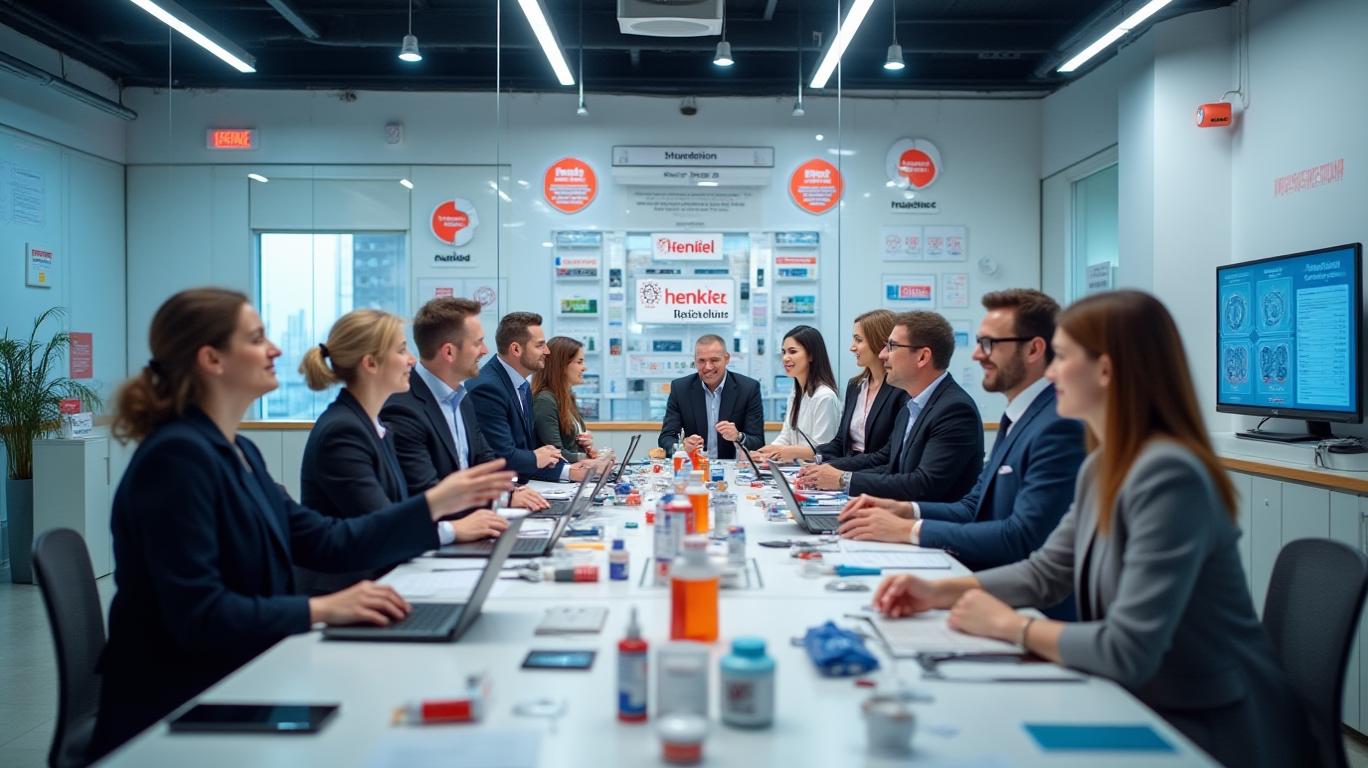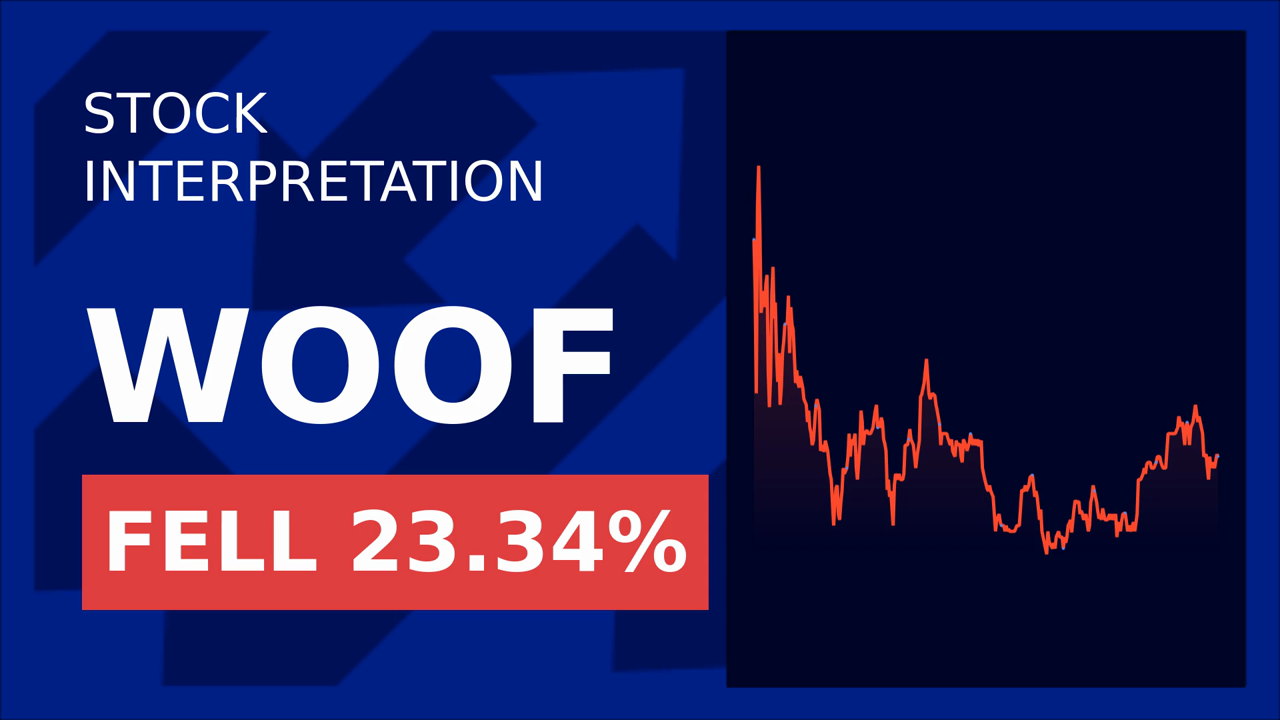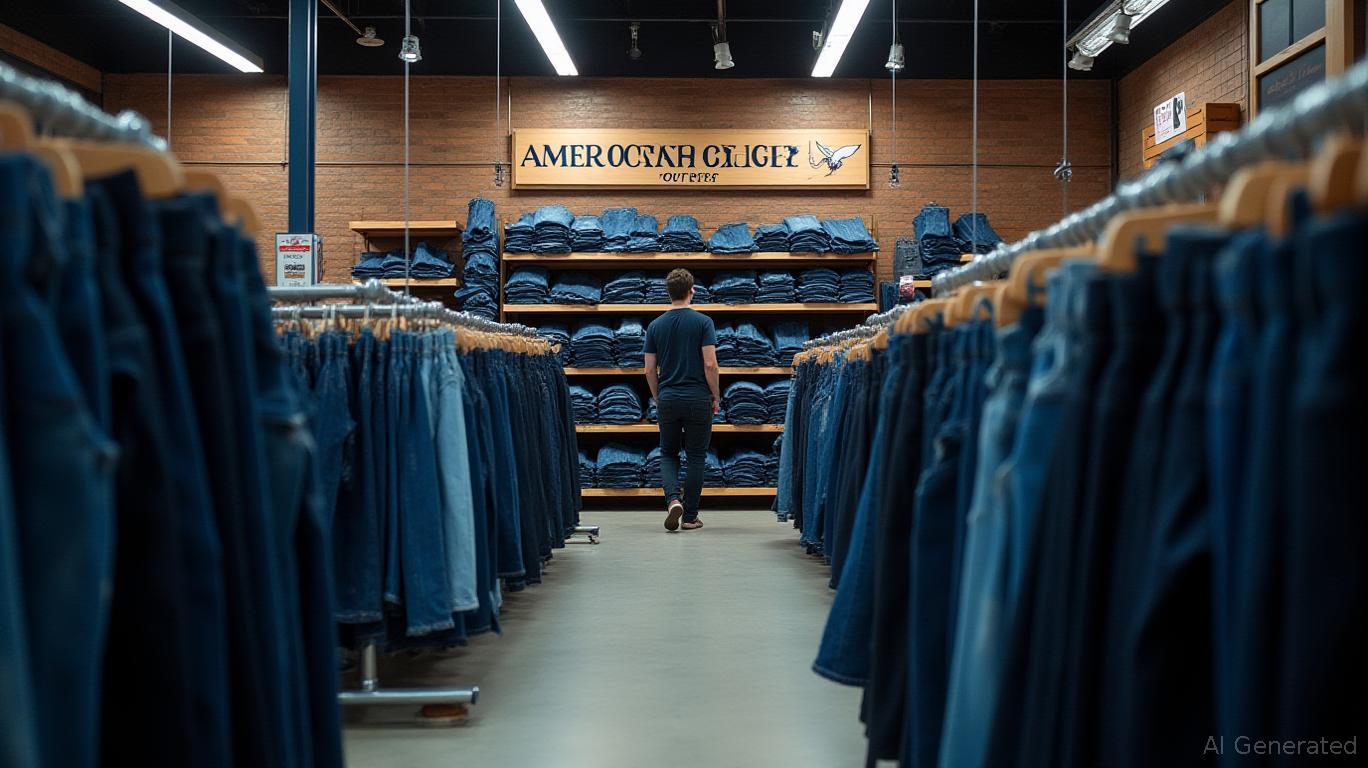Henkel's Q1 Sales Miss Highlights Persistent Global Economic Headwinds
Henkel, the German conglomerate whose adhesives and consumer brands underpin everything from manufacturing to household cleaning, reported its first-quarter 2025 sales fell short of expectations, underscoring the fragility of the global economic recovery. Organic sales dipped 1% year-on-year to €5.24 billion, missing consensus estimates of €5.32 billion. The miss, driven by a confluence of geopolitical tension, soft industrial demand, and cautious consumer spending, has investors bracing for further turbulence ahead.
The Sales Slump: A Perfect Storm of Challenges
Henkel’s struggles are a microcosm of broader macroeconomic pressures. North America, which accounts for nearly a third of its sales, saw “reluctance” in demand across both its Adhesive Technologies and Consumer Brands segments. In industrial markets, weaker automotive and electronics sectors—key clients for Henkel’s adhesives—exacerbated the decline. Meanwhile, consumer brands like Persil laundry detergent and Schwarzkopf hair care faced tepid spending as households remained price-sensitive.
The company’s CFO, Marco Swoboda, noted that “volatility and uncertainty” had intensified since early 2025, with portfolio shifts in consumer goods—such as divesting lower-margin brands—further weighing on results. These moves, while strategically sound for long-term profitability, temporarily crimped top-line growth.

Guidance Cut Sparks Investor Panic
The real blow came with Henkel’s revised 2025 outlook. The company now expects organic sales growth of just 1.5%–3.5%, well below the 3% consensus, and an adjusted EBIT margin range of 14%–15.5%, down from prior targets. Analysts at Jefferies warned that the guidance likely foreshadows downward revisions to fiscal 2025 earnings per share (EPS) estimates. The market reacted swiftly: shares plunged 10% to the lowest point in the STOXX 600 index, wiping billions off the company’s market cap.
Why the Weakness Matters for Investors
Henkel’s stumble highlights two critical risks for global consumer and industrial stocks:
1. Geopolitical Drag: Tensions between major economies continue to disrupt supply chains and corporate planning.
2. Consumer Caution: Even in regions like North America, where labor markets remain robust, households are prioritizing savings over discretionary spending.
The company’s decision to proceed with a €1 billion share buyback and a 10% dividend hike—measures typically signaling confidence—failed to reassure investors. This underscores a growing skepticism toward corporate assurances amid uncertain macro conditions.
Conclusion: Navigating the Near-Term Uncertainty
Henkel’s Q1 miss and revised guidance paint a sobering picture for 2025. With organic sales down 1% and growth targets halved, the company is betting on a second-half rebound, possibly tied to easing supply chain constraints or a pickup in industrial activity. However, the market’s sharp reaction suggests skepticism.
Consider the data:
- A 10% stock drop reflects investor disappointment with both the results and the guidance.
- The 1.5%–3.5% growth range implies Henkel is now targeting the lower end of its previous 2%–4% outlook, a significant downshift.
- The STOXX 600’s decline in tandem with Henkel’s stock highlights broader sector vulnerability.
While Henkel’s long-term strategy—focusing on high-margin adhesives and premium consumer brands—remains intact, the near-term outlook is clouded. Investors will need to see concrete signs of demand stabilization in North America and industrial sectors before confidence returns. Until then, Henkel’s performance will remain a bellwether for the global economy’s resilience.


_442a2dcc1749832873286.jpeg)
_e68fac6d1749831664430.jpeg)






